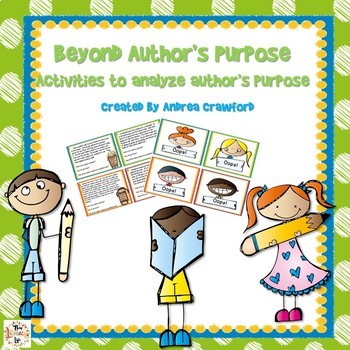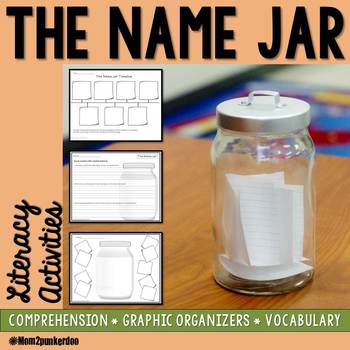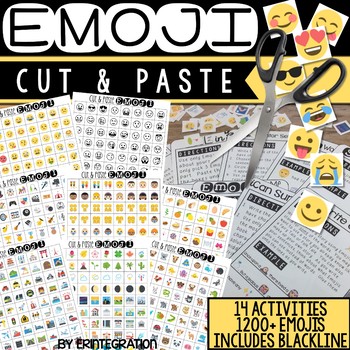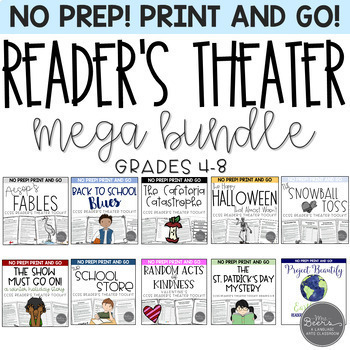Using social stories to teach appropriate behavior, decrease anxiety and teach about social skills is a great way to shape behavior.
Social stories are a great way to teach about and shape behavior with students who need concepts broken down or simplified. Social stories generally have a lot of visuals to support learning and understanding. Teachers can target any topic or skill using social stories.
Why use social stories?
I have written and used social stories to target many different skills. For students who struggle with anxiety, social stories help prepare students for what is going to happen and what they should do in different situations. For students who engage in inappropriate behaviors, social stories are great for shaping or refining behavior to be more appropriate. My students have had great success learning new skills this way and so can yours! The best part....they are super easy to make and use!
How to make a social story?
A social story is a short text that describes what the student should expect or describes what the child needs to do in certain situations and settings. Keep your social story short & concrete and only tackle one topic or skill at a time.
If you are like me, you have a running list in your head of all the skills or behaviors you want to see the child progress on. Choose the skill or inappropriate behavior that impacts learning the most to target first. For example, I have a new student in my class who talks very loudly throughout lessons and group time. Not only does this impact his learning, but it makes it difficult for the students around him to hear and learn. Being able to shape this behavior will make a big impact on my classroom.
This story outlines why my student needs to be quiet and where he can talk more. Use clear descriptive sentences in your social story. Add graphics to help the student picture and understand what the sentences means. You can also use photos of the student in different situations or clip art. I use student pictures if the social story is a topic/skill unique to a certain student. If it is a social story more than one student can benefit from, I use clip art.
After you make the social story, you need to decide when the story is going to be read with the student and how many times a day the student should hear the social story. In my classroom, I set up a time first thing in the morning to go through the social story with the student. I find that this is a good way to preset and set the student up for success. I also set 2 to 3 other times up throughout the day to reread it. It should only take 2 to 3 minutes to review it. If you have an aide or the student leaves the room for therapies or extra support, enlist them for help in reviewing the social story.
Fade the support
As the student begins to show improvement with the skill, decrease the amount of times you review the social story. While you are fading the amount of times you are reviewing the story with the student, you still want the child to be able to read or look at the social story when s/he feels the need. I let the student keep the social story in his or her desk so it can be referenced any time it is needed.
Regression is typical after school breaks or student illnesses. Get ahead of the behavior by planning to review the social story with the student once school is back in session.
I hope this has helped you get a little more comfortable with tackling skills through social stories! For a closer look at the Quiet Social Story, click HERE.










































0 comments:
Post a Comment